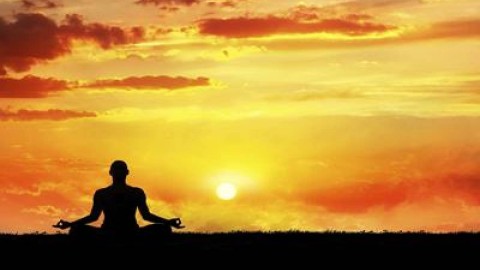Eye flu is also called eye infection. It depends upon which part of the Eye is infected.
- Eyelid
- Cornea (clear surface that covers the outside of your iris)
- Conjunctiva (thin, moist area that covers the inside of the eyelids and outer white part of your eye)
Symptoms of an Eye Infection
- Pain or discomfort
- Itchy eyes
- Feeling that something’s on or in your eye
- Eye hurts when it’s bright (light sensitivity)
- Burning in your eyes
- Small, painful lump under your eyelid or at the base of your eyelashes
- Eyelid is tender when you touch it
- Eyes won’t stop tearing up
- Irritation in your eyes
Effects of eyes
- Discharge out of one or both eyes that’s yellow, green, or clear
- Pink color in the “whites” of your eyes
- Swollen, red, or purple eyelids
- Crusty lashes and lids, especially in the morning
Types of Eye Infections
Pinkeye (conjunctivitis). It’s an infection of your conjunctiva and usually gives your eyes a pink tint. It can be caused by a bacteria or virus, although sometimes you might get it from an allergic reaction or irritants. It’s common to get pinkeye when you have a cold. In adults, it is most commonly caused by a virus, and in children it is most likely bacterial
Causes Of Pink Eye
- Viruses, including the kind that causes the common cold
- Bacteria
- Irritants such as shampoos, dirt, smoke, and pool chlorine
- A reaction to eye drops
- An allergic reaction to things like pollen, dust, or smoke. Or it could be due to a special type of allergy that affects some people who wear contact lenses.
Fungi:
- Viral strains are the most common – and may be the most contagious – forms. They tend to start in one eye, where they cause lots of tears and a watery discharge. Within a few days, the other eye gets involved. You might feel a swollen lymph node in front of your ear or under your jawbone.
- Bacterial strains usually infect one eye but can show up in both. Your eye will put out a lot of pus and mucus.
- Allergic types produce tearing, itching, and redness in both eyes. You might also have an itchy, runny nose.
Keratitis: This is an inflammation of your cornea that can be caused by bacteria, viruses, or parasites in water. It’s a common problem for people who wear contact lenses.
Stye: It can crop up as painful red bumps under your eyelid or at the base of your eyelashes. You get them when the oil glands in your eyelid or eyelashes get infected with bacteria. These are similar to a pimple, and are not contagious.
Fungal eye infections. It’s rare to get infections from a fungus, but they can be serious if you do. Many fungal eye infections happen after an eye injury, especially if your eye was scraped by a something from a plant, like a stick or a thorn. You can also get one if you wear contacts and don’t clean them properly.
Uveitis. This is an inflammation of the middle layer of your eye, called the uvea. It can be caused by certain viruses like herpes, but is more commonly linked to autoimmune disorders such as rheumatoid arthritis or lupus.
Homoeopathic Treatment
- Belladonna: Suitable to ophthalmias where there is great inflammation, dry, injected eyes, a total absence of lachrymationEuphrasia: It has an inflammation of the lids, which appear red and injected, or perhaps ulcerated, with a profuse excoriating discharge, photophobia, cannot bear artificial light.
- Graphites: There is intense burning, lachrymation; the canthi crack and bleed.It is the best remedies in vesicles on the cornea and ulceration in scrofulous children
- Aconitum: sudden onset; intense fear; exposure to bright sunlight/ snow reflection or cold weather; early stages with intense painful inflammation; profuse watery discharge; bloodshot eyes
- Allium cepa: minor irritations; watery, bland tears
- Apis mellifica: swelling is key; chemosis; thick, sticky discharge; thirstlessness
- Argentum nitricum: young animals; copious yellow/green discharge
- Arsenicum album: yellow/watery discharge; chilly, restless, thirsty patient
- Belladonna: sudden, intense inflammation; dry eyes; dilated pupils
- Euphrasia: also known as “eyebright”; acrid tears leaving a stain; chronicity
- Mercurius (vivus or solubilis): acrid, thin discharge; pus in anterior chamber; green nasal discharge; irritable nature; sensitive to hot and cold
- Pulsatilla: bland yellow discharge; itchy eyes, mild inflammation; resolving upper respiratory infection
- Rhus toxicodendron: yellow, profuse discharge; intense inflammation; painful; gluey discharge sticking lids together
- Sulphur: end of upper respiratory infection; acrid discharge; itchy eyes and lids; rubs eyes and face a lot
Treatment
- Wear dark glasses
- Close your eyes and apply ice wrapped in the cloth over the eyes lids.
- The disease is usually self-lifting and normally goes in three days.











